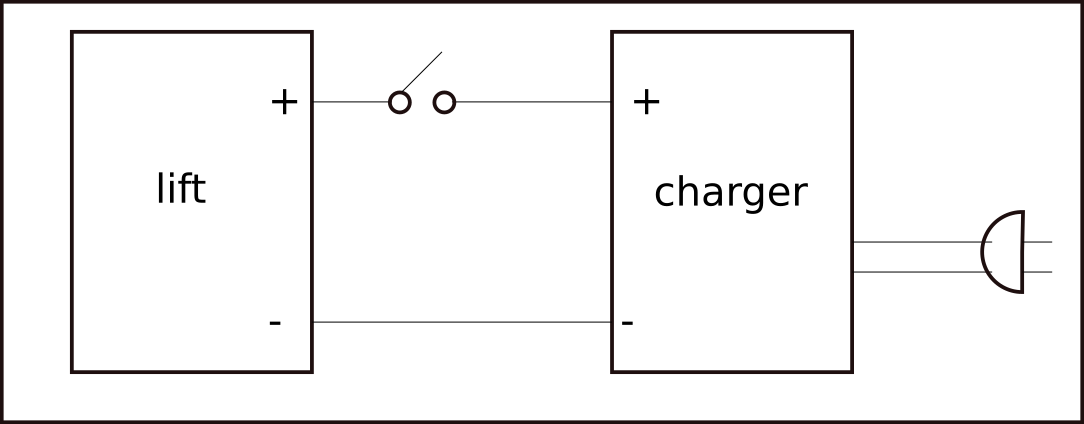I am a total newb, so this is probably a really dumb question. I have a DC Harmar scooter lift that I need to be able to run from household current. I need to modify it to make a lift to get my wife off the floor when she falls. I have all the plans to do it, I just don't know what I need to convert the DC to AC. Currently, the lift connects to DC via a standard "trailer" plug. So I need to connect it to a converter that will them plug into a wall socket. I spoke to a guy at Harmar and he seemed to think it was doable as long as the device put out a minimum load of 15amp. Any help would be really appreciated. Thanks!


